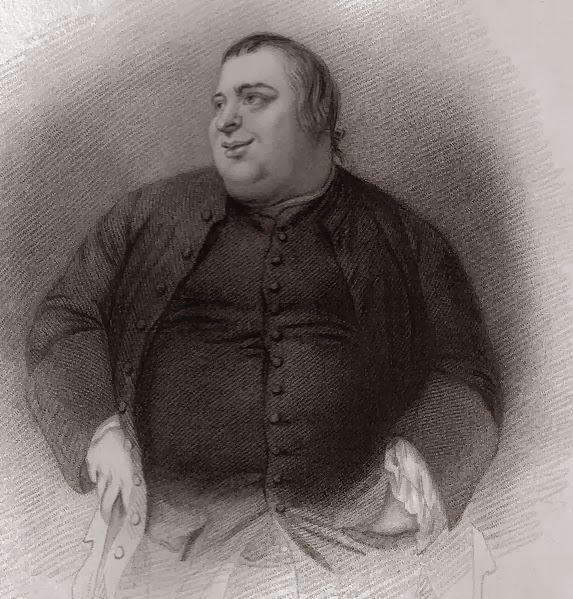Theodore
Géricault, A Paralytic Woman, 1821, Lithograph, Museum of London.
ALSATIA THE HIGHER, White
Friars, once a place privileged from arrests for debt, as was also the
Mint, but suppressed on account of notorious abuses committed
there. [The district of Alsatia is
excellently described in M. Melville Balfour’s historical novel, The Long Robe, 1930.—Swift has Alsatia phrase to
denote a slang or a cant term. F. Besides Shadwell’s Squire of Alsatia,
consult E. Beresford Chancellor’s, Annals
of Fleet Street, Macaulay’s History, at i,
iii, and especially Scott’s Fortunes
of Nigel.]
ALSATIA THE LOWER, The Mint in Southwark.
ALSATIANS, The inhabitants of White Friars or the Mint.
Map of Alsatia (London), in the ward of Farringdon, a place of sanctuary for criminals, between Fleet Street and Temple
FROM: Captain Francis Grose, A
Classical Dictionary of the Vulgar Tongue, Edited with a
biographical sketch and critical sketch and an extensive commentary by Eric
Partridge, New York, Barnes & Noble, 1963.
Captain
Francis Grose FSA, 1731-1791
“But there are some few spots of ground in London, just in the face of the
Government, unconquer’d yet, that hold in Rebellion still. Methinks ’tis strange, that places so near the Kings Palace should be no parts of his Dominions.” – Thomas Shadwell, The Squire of Alsatia, 1688.





No comments:
Post a Comment